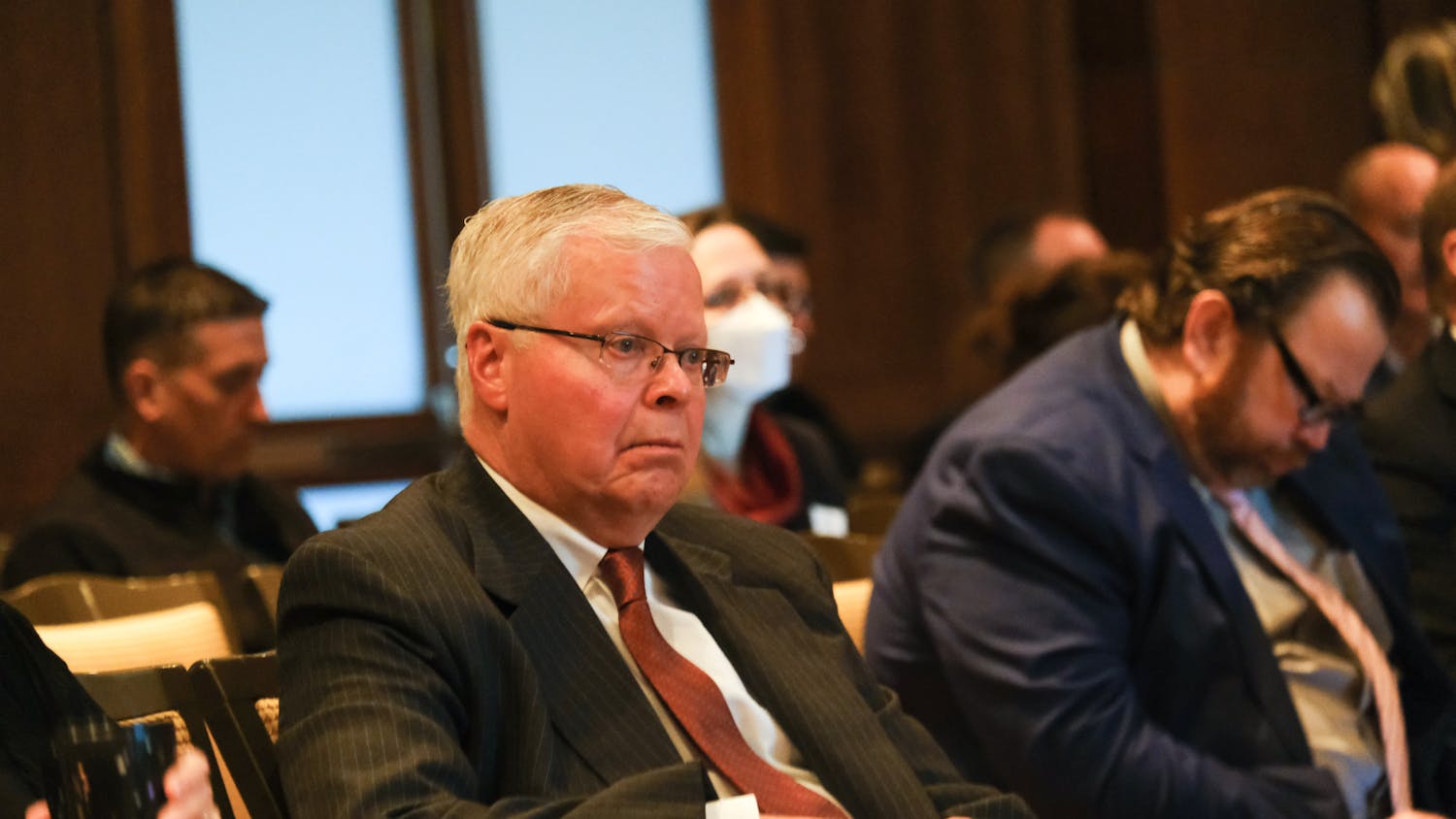“Do Not Expect Too Much From the End of the World” is a shamelessly modern and irreverent film, blending cinema history with politics in a way that is refreshing and captivating, reminding us of what movies can do.
The film is about a hectic day in the life of Angela, a young production assistant in Bucharest, as she drives around to interview those injured in workplace accidents for a workplace safety advertisement.
The first thing that’s apparent about the film is its intense cultural critique with a deep knowledge of cinema history.
The film introduces the title of its first part on a notecard in a not-so-subtle nod to the music video for Bob Dylan’s “Subterranean Homesick Blues.” This sets the stage for the metatextual style director Radu Jude employs to comment on the contemporary Western world by extensively referencing other films and cinema history.
Like Dylan, Jude uses references to previous works to create his own artistic themes regarding the absurdities of the current political moment defined by wars, the rise of far-right ideology and increasing corporatism.
The film heavily draws footage from the 1981 Romanian film “Angela Goes On,” incorporating characters from that film and splicing in scenes to convey that despite the collapse of communism and all of the social change of the past 40 years, neither Romania’s working conditions nor culture have significantly changed.
The black-and-white cinematography and the conversations regarding current political developments like the Russia-Ukrainian War and the death of Elizabeth II call to mind the 1960s work of Jean-Luc Godard, a filmmaker explicitly mentioned in Jude’s film.
This can be seen as Jude drawing a parallel between himself and Godard in their examination of how cinema responds to and influences the world. It’s a lot to chew on, but “Do Not Expect Too Much From the End of the World” is a film that takes a humorously unabashed look at the confusion of a post-COVID world defined by late-stage capitalism.
Playing with more modern media formats, many of the film’s color sequences during Part A come from the use of Instagram and TikTok videos, where Angela uses filters to adopt a sex-obsessed, misogynistic alter ego as a parody of influencers like Andrew Tate. This serves as an ingenious commentary on the mind numbing content being pushed through algorithms while also engaging with digital media.
The best part of the film is its humor. The entire picture is saturated with gallows humor that delightfully pokes fun at everything from the gig economy to the American epidemic of mass shootings, causing the auditorium at the April 7 Wisconsin Film Festival screening to constantly erupt in laughter.
This is a film that knows exactly what it wants to say and knows how to say it in a way that is never intrusive but fresh and exciting with each new punchline.






